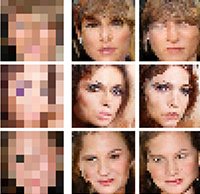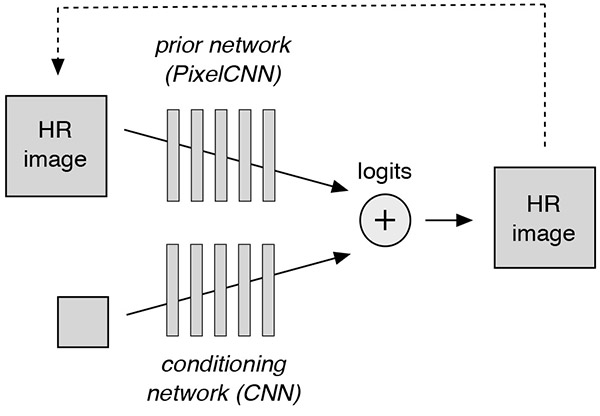That’s a face?! Google Brain creates faces virtually out of thin air
posted Tuesday, February 7, 2017 at 3:00 PM EDT

We recently covered Google’s RAISR technology, which aids in making low-resolution images higher-resolution while also eliminating artifacts and preserving details. Google Brain is up to something even more impressive, seemingly being capable of creating details that are arguably not even there.
Using 8x8 source images, the Google Brain can formulate 32x32 images which can get very close to the corresponding real images. How? By combining two neural networks. The first is a “conditioning” network, which works to map the 8x8 image against higher-resolution images. The software downsizes high-resolution images to 8x8 to try to make a match.

After finding a match, the second neutral network, the “prior” network, kicks into high gear and attempts to add realistic details to the 8x8 input image. This requires “knowing” what the image is and what would reasonably fill pixels as the image is upscaled. ArsTechnica references an example of a brown pixel being identified as an eyebrow, which Google Brain fills in with eyebrow-like pixels.

How good are the computed images? Google Brain did okay in testing, proving capable of fooling human observers 10 percent of the time with its computed images of celebrities. On the other hand, Google Brain computed images of a bedroom which fooled 28 percent of observers. A perfect score is 50 percent, so Google Brain fared okay, especially when considering that normal bicubic scaling didn’t fool any observers. These best-guess, computed images may prove to be quite accurate at times, but they are nevertheless not real images of faces. As technology continues to improve, they may nonetheless perfectly match real images someday.
(Seen via Ars Technica)